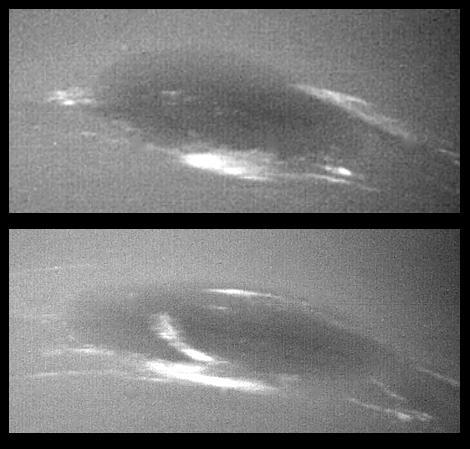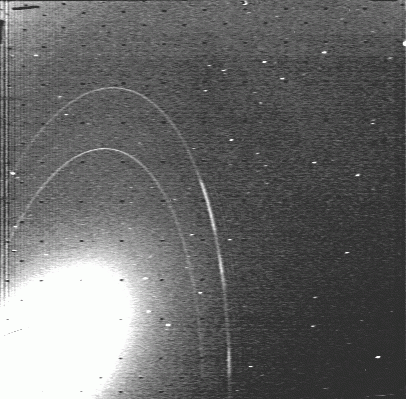August 6, 2003
Neptune
Neptune was the first planet to be discovered not through observation, but by predicting its existence using calculations based on the universal theory of gravitation.

It looks like a twin sister of Uranus, having the same blue-green tint and a similar size, density and structure. Its rocky core is surrounded by a layer of ice and a gaseous envelope of hydrogen, helium and—in the upper reaches—methane.
Neptune’s surface relief reveals a surprising amount of atmospheric activity, with violent winds (of) up to 1,000 kilometres per hour, numerous clouds, and rapidly moving air turbulence.

The furthest gas giant from Earth, Neptune’s year is 164 times longer than ours which means it still hasn’t completed a full revolution of the Sun since its discovery in 1846.
|
Last updated: May 2003